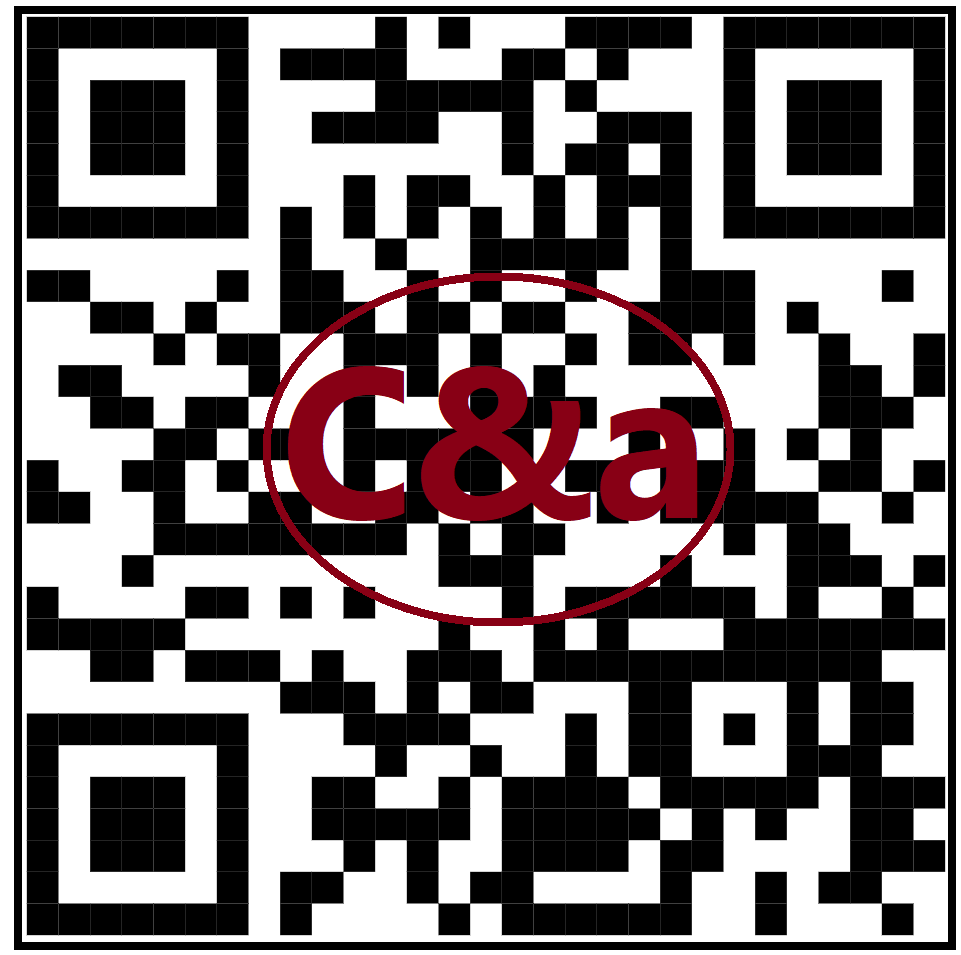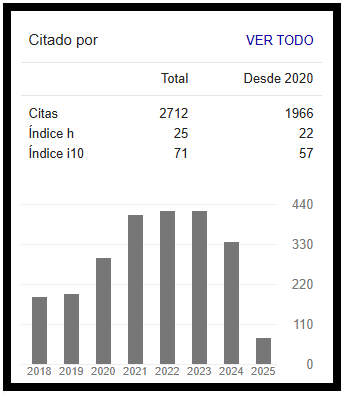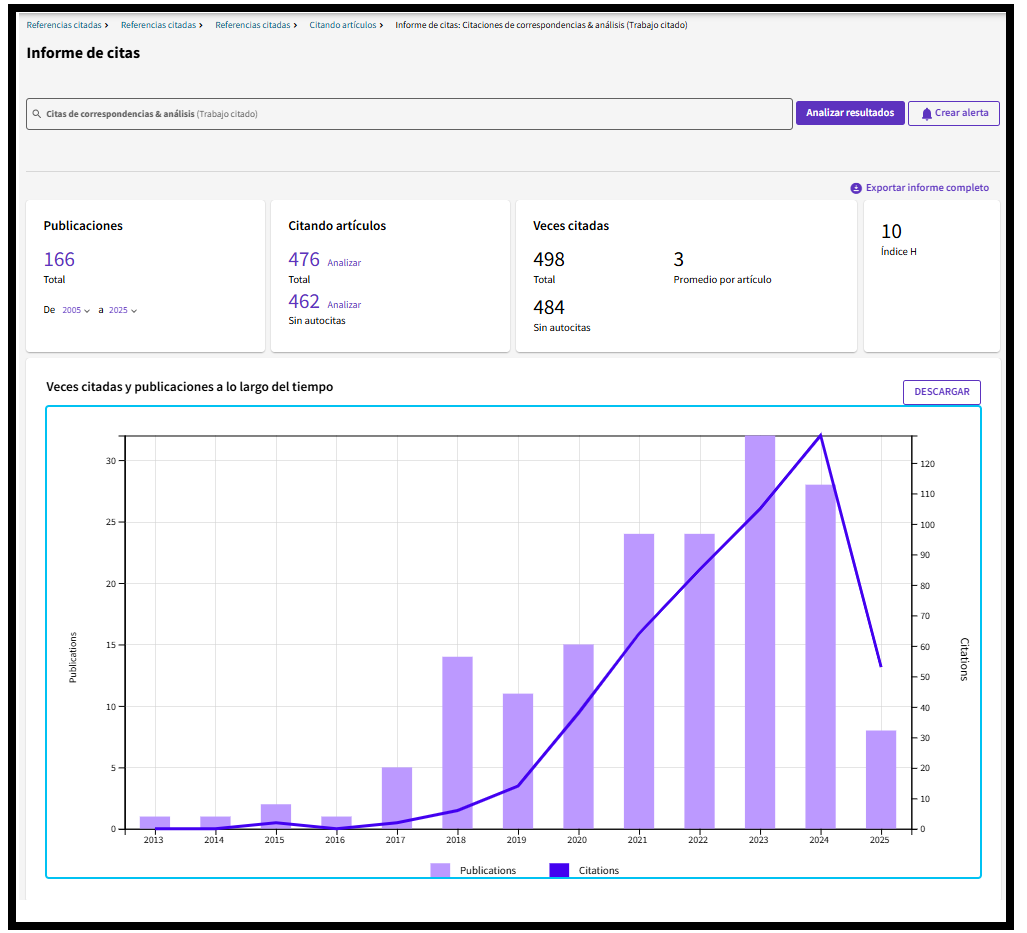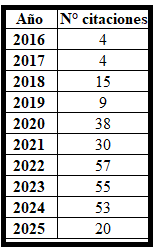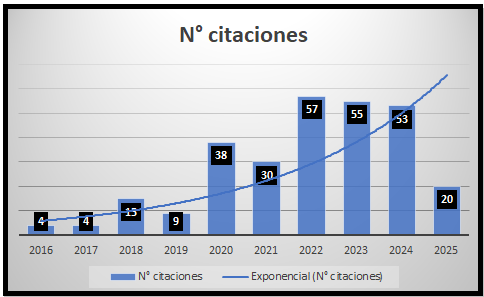Debates and controversies over the images of International News. Photo-impact on global front pages
DOI:
https://doi.org/10.24265/cian.2013.n3.13Keywords:
Photojournalism, Front Page, International, Woman, Children, Victims, RepresentationAbstract
The journalistic images are subject to debate and controversy: from the girl of Trang Bang to the most recently images of women and female kids during the earthquake and the cholera epidemic in Haiti in 2010, comments on the symbolic and communicative value of the pictured subject keep occurring. The press images awarded as “photo of the year” by World Press Photo in the period between 2000 and 2011 represent international conflicts and disasters where the main characters are mostly women and children, plenty of drama and pathos. The axes of the discussion are the main photography situation on the
daily journal front page, against the right to privacy, the iconic representation of the sick people and victims of disasters and the social discussion through the network.
Metrics
Downloads
References
ABC (2010, marzo 3). “El ‘buitre’ de Kevin Carter, a escena”. Extraída el 13/VIII/2013 desde http://www.abc.es/20100219/historia-/buitre-kevin-carter-escena-201002191024.html
Abreu, C. (1999). “La opinión fotográfica (2). Recursos connotativos de la fotografía”. Revista Latina de Comunicación Social, núm. 24. Extraída el 16/07/13 desde http://www.ull.es/publicaciones/latina/a1999adi/01abreu2.html.
Airob, D.
_(2010a, noviembre 19). “Cólera Haitiana”. Extraída el 13/VIII/2013 desde http://www.thewside.com/2010/11/colera-haitiana.html
_(2010b, noviembre 20). “Con o sin cólera”. Extraída el 13/VIII/2013 desde http://www.thewside.com/2010/11/con-o-sin-colera.html
Alonso Erausquin, M. (1995). Fotoperiodismo. Formas y códigos. Madrid: Síntesis.
Aparici Marino, R. y García Matilla, A. (1987). Lectura de imágenes. Madrid: Ediciones de la Torre.
Armentia, J. y Caminos, J. (2003). Fundamentos de periodismo impreso. Barcelona: Ariel Comunicación.
Barthes, R. (2009). Lo obvio y lo obtuso. Imágenes, gestos y voces. Barcelona: Paidós.
BBC, portal de noticias.
_(2006, enero 13). “‘¡Dios mío, no quiero que muera!’”. Extraída el 13/VIII/2013 desde http://news.bbc.co.uk/hi/spanish/international/newsid_4610000/4610456.stm
_(2005, septiembre 30). “Picture power: Tragedy of Omayra Sanchez”. Extraída el 13/VIII/2013 desde http://news.bbc.co.uk/2/hi/4231020.stm
Benjamin, W. (2007). Sobre la fotografia. La obra de arte en la época de su reproductibilidad técnica. Valencia: Pre-textos.
Bonnafous, S. (2003). “‘Femme politique’: une question de genre?” Réseaux, núm. 120, pp. 119-145.
Calderone, M. y Mirkinson, J. (2011, agosto 2). “New York Times Runs Graphic Photo Of Starving Somali Child”. Extraída el 13/VIII/2013 desde http://www.huffingtonpost.com/2011/08/02/new-york-times-graphic-somali-photo_n_915912.html
Casasús, J. (2003, noviembre 9). “Las fotos pueden ser revulsivas, no repulsivas”. La Vanguardia, p. 12.
Charaudeau, P. y Maingueneau, D. (dirs.) (2002). Dictionnaire d’analyse du discours. París: Éds. du Seuil.
Chong, D. (2002). La niña de la foto (Objetivo de la cámara y víctima de la guerra). Barcelona: Salvat Editores.
Contratapa (2013, abril 18). “Time: Tragedy in Boston”. Extraída el 13/VIII/2013 desde http://www.contratapa.es/2013/04/18/676/
Cuartango, P. (2010, noviembre 20). “Los límites de la mirada”. Extraída el 13/VIII/2013 desde http://e-pesimo.blogspot.com/2010/11/firmas-isabel-san-sebastian-federico.html
Davara, F. y otros (2009). “Presencia e imagen de la mujer en las primeras páginas de los diarios españoles”. Revista Comunicación y Hombre, núm. 5, pp 3-19.
De Saint Hippolyte, S. (2010, enero 27). “Haïti: une rescapée du séisme devient l’icône de la catastrophe”. Extraída el 13/VIII/2013 desde http://www.france24.com/fr/20100114hatiunerescap-e-s-isme-devient-ic-catastrophe
Doury, M. y Lefébure, P. (2006). “‘Intérêt général’, ‘intérêts particuliers’. La construction de l’ethos dans un débat public”. Questions de communication, núm. 9, pp. 47-71.
Dussueil, J.
_(2011a, enero 21). “Haïti: l’AFP mise en cause pour vol de photos”. Extraída el 15/07/13 desde http://www.strategies.fr/actualites/medias/153294W/haitilafpmiseencausepourvoldephotos.html
_(2011b, enero 24). “L’AFP plaide les ‘zones grises’ de la réglementaton dans l’affaire des photos Twitter”. Extraída el 15/07/13 desde http://www.strategies.fr/actualites/medias/153554W/l-afp-plaide-les-zones-grises-de-la-reglementatondanslaffairedesphotostwitter.html
Fischer, H. (2011). Picture Coverage of the World. Pulitzer Prize Winning Photos. Múnich: Lit Verlag.
Fontcuberta, J. (2011). Indiferencias fotográficas y ética de la imagen periodística. Barcelona: Gustavo Gili, GGMínima.
Garay, A. y Latorre, J. (2004, mayo 8-20). “El fotoperiodismo en el diván”. En Primer congreso Internacional de Periodismo. Pontificia Universidad Católica de Perú. Extraída el 17/VII/2013 desde http://www.pucp.edu.pe/eventos/fotoperiodismo/pdf/foto_divan.pdf.
García, N. y Martínez, L. (2009). “La representación positiva de la imagen de las mujeres en los medios” Revista Comunicar, vol. XVI, núm. 32, pp. 209-214.
Girardin, D. y Pirker, Ch. (2008). Controverses, une histoire juridique et éthique de la photographie. Arles: Actes Sud.
González, I. (2006). “Cadáveres privados y cadáveres públicos. Epistemología y ética de las imágenes censuradas”. Astrolabio. Revista Internacional de Filosofía, núm. 2, pp. 3550. Extraída el 13/VIII/2013 desde http://www.ub.edu/astrolabio/Dossier2/I%F1igo%20Gonzalez%20Ricoy.pdf
Harrison, J. (2004). “From Image to Icon? Ethics and Taste in Photographic Portrayals of the Death of Pym Fortuyn”. Extraída el 13/VIII/2013 desde http://espace.library.uq.edu.au/eserv/UQ:10515/jh_pf_pre04.pdf
Haski, P. (2010, diciembre 30). “L’AFP condamnée pour les photos d’Haïti piratées sur Twitter”. Extraída el 16/VII/2013 desde http://www.rue89.com/node/182895
Israel Garzón, E. _(2005). “Del 11 M al 14 M: un año después. Masacre en clave global”. Comunicación y Estudios Universitarios, Revista de la Facultad de Ciencias Sociales y Jurídicas, núm. 13, pp. 9-15. _(2001). Comunicación y periodismo en una sociedad global. Comunicar la diferencia. México D. F.: Trillas.
JevoisRouge (2011, febrero 11). “Vulture and Child - Photojournalisme & publicité”. Extraída el 13/VIII/2013 desde http://jevoisrouge.canalblog.com/archives/2011/02/11/20371682.html
Joly, M. (2003). La interpretación de la imagen: entre memoria, estereotipo y seducción. Barcelona: Gustavo Gili.
Klein, G. (2011, enero 13). “Haïti: l’AFP diffuse des photos de Twitter”. Extraída el 15/ VII/2013 desde http://www.arretsurimages.net/vite.php?id=6738
Le Monde (2011, mayo 2). “Mort de Ben Laden”. Extraída el 15/07/13 desde http://www.lemonde.fr/mortdebenladen/article/2011/05/02/unefausse-photodebenladenmortfaitletourdumonde_1515833_1515627.html
López García, J. (2005). “Sentidos y efectos de la fotografías para la solidaridad”, pp. 83-108. En Ortiz García, C.; Sánchez-Carretero, C. y Gea, A. Maneras de mirar: lecturas antropológicas de la fotografía. Madrid: Consejo Superior de Investigaciones Científicas. Extraída el 13/VIII/2013 desde http://www.etnologiamericana.org/view/download/51839%2004-_SENTIDOS.pdf
MSN Noticias (2013, julio 26). “Poniendo cara a los héroes sin nombre de Santiago”. Extraída el 13/VIII/2013 desde http://noticias.es.msn.com/poniendocaraalosheroessinnombredesantiago#image=2
Pérez Oliva, M. (2010, noviembre 28). “Lo que va de Haití a la novia de Ronaldo”. Extraída el 13/VIII/2013 desde http://elpais.com/diario/2010/11/28/opinion/1290898805_850215.html
Pross, H. (1989). La violencia de los símbolos sociales. Barcelona: Anthropos.
Rojas, A. (2011, febrero 21). “Kong Nyong, el niño que sobrevivió al buitre”. Extraída el 13/ VIII/2013 desde http://www.elmundo.es/elmundo/2011/02/18/comunicacion/1298054483.html
Simpson, R. y Cote, W. (2006). Covering violence. Nueva York: Columbia University Press. Sánchez-Alonso, O.; Quintana-Paz, N.; y Plaza, J. (2009). “Mujeres, prensa e invisibilidad: la cuantificación de un olvido”. Palabra Clave, vol. 12, núm. 2, pp. 301-314.
Sontag, S. (2007). Al mismo tiempo. Ensayos y conferencias. Barcelona: Mondadori.
Taylor, R. y Wakeling, E.: (2002). Lewis Carroll, photographer: Nueva Jersey: Pricenton University Press.
The New York Times (2011). “Amid Famine, Danger Hinder Aid to Somalia”. Extraída el 15/07/13 desde http://www.nytimes.com/slideshow/2011/08/01/world/africa/20110802SOMALIA-7.html
Vilches, L. (1991). Teoría de la imagen periodística. Barcelona: Paidós.
World Press Photo (2011). “2011, Spot News, 2nd. prize singles, Daniel Morel”. Extraída el 13/VIII/2013 desde http://www.worldpressphoto.org/photo/2011danielmorelsn2?gallery=890&photographer=391#fullcontext
Zelizer, B. (2010). How images moving the public. Nueva York: Oxford University Press
Downloads
Published
Issue
Section
Categories
License
Copyright (c) 2013 Estrella Israel Garzón, María José Pou Amérigo, Sylvie Thiéblemont-Dollet

This work is licensed under a Creative Commons Attribution 4.0 International License.
In case the manuscript is approved, the authors retain the copyright and assign to the journal the right to publish, edit, reproduce, distribute, display and communicate in the country of origin and abroad by means of print and electronic media in different databases.
In order for this procedure to be recorded, the author must fill out the following formats:
Format 1 - Author data Format.
Format 2 - Affidavit on originality and authorization for the publication of articles Format.
Format 3 - Open Science Compliance.







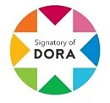
2.png)



